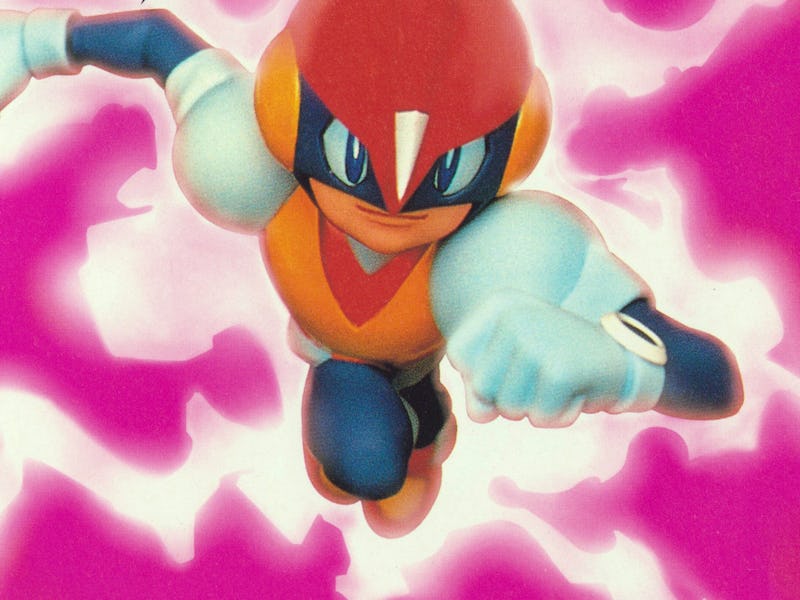2 Years Before Pokémon, Game Freak Made the Most Underrated Platformer Ever
Pulseman is worth checking out on Nintendo Switch Online.

Nobody makes anything in a vacuum. It’s not exactly a surprise that every great album, movie, book, video game, and so on is crafted within a specific cultural context. It’s easy to imagine a solitary artist soaking up the culture around them and spitting out something brilliant in response, but it's rarely that simple.
Game Freak is known these days as the creator of Pokémon, one of the most popular franchises in the world. But before Pikachu was even a gleam in a child’s eye, Game Freak was a zine. Speaking to Game Informer, co-founder Junichi Masuda called it a “mini comic.” The premise was simple: Game Freak writers would go to an arcade and talk to owners about which games were hot. Soaking up gaming culture, the creators of Game Freak wanted to make the games that people got so obsessed with.
With Pokémon Red and Blue, they did that a hundred times over. But not before making a few games on their own. The last game Game Freak released before Pokémon was a 1994 game called Pulseman, which is available right now if you’ve subscribed to Nintendo Switch Online + Expansion Pack. More than the answer to a trivia question, Pulseman is a platformer with wild visuals that’s worth some exploration.
When Game Freak was just starting out, they were in about the same boat as an independent developer looking to put a game on itch.io, except they were working on the Famicom, better known as the NES in America. When they had a finished product, they went to studios with it, only to learn about the necessary steps one has to take in corporate deals. “When talking with Namco they said, ‘No, we can’t have a contract with an individual. We need you guys to incorporate.’ So we made the decision to form Game Freak the company,” Masuda says in the interview.
Pulseman feels like a riff on everything from Mario to Sonic.
Eventually, they got their paperwork figured out and started making games for a variety of systems. That included the Genesis (Mega Drive in Japan), which is where Pulseman found its home. At the core of Pulseman is an absolutely wild love story. In a world connected by eight “ultra computers,” young Dr. Yoshiyama creates an artificial world called C-Life and then falls in love with a digital girl inside. Somehow, they are able to conceive a child together, who becomes the legendary Pulseman, able to transverse the digital and physical realms.
While today this story might bring forth a number of Shrek-related memes, in Pulseman it allows for some wild and wacky stuff. Some games play better when you know absolutely nothing about what’s going on, and that’s how it felt for me playing Pulseman. Pulseman walks around his virtual world with multi-color blocks, occasionally bloops an enemy, and converts himself into electricity to move through wires.
The way Game Freak executed on the graphics at the time was quite impressive.
What made Pulseman fun for me were its bosses. The first boss is just a giant polygonal hand, which in the game is manipulated by a member of a cyber gang who uses it to control a TV station. The hand moves all around the screen, smashing through block after block to create an ever-changing platform on which to fight. The bosses in Pulseman sparkle with creativity, as do the brightly colored and somewhat trippy backgrounds.
The game really indulges in its world between real life and the virtual — in a television studio, cameras are flying all around, and the background is a wide array of colors. It didn’t make much sense to me, and the game is clearly influenced by earlier Sega games, especially the Sonic franchise. But if everything happening on screen is fun and surprising, who cares?
Pulseman is said to be the influence behind the 4th-generation Pokémon Rotom, an Electric/Ghost type. Both the character and the game are now little more than Easter Eggs behind one of the world’s biggest franchises, but they’re fun Easter eggs. If they ever wanted to do a reboot, a game about the thin line between the real and the virtual would now play better than ever.
This article was originally published on